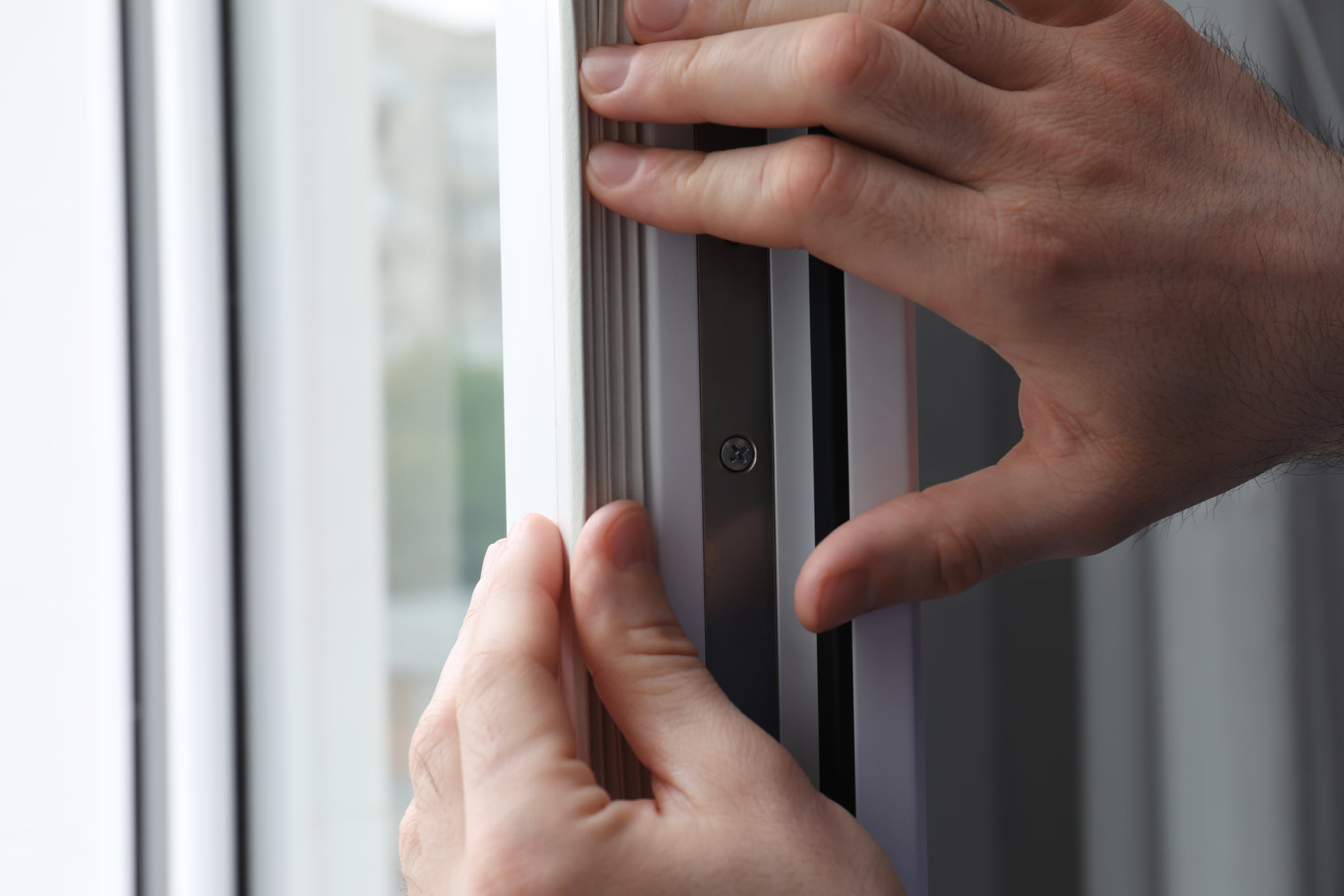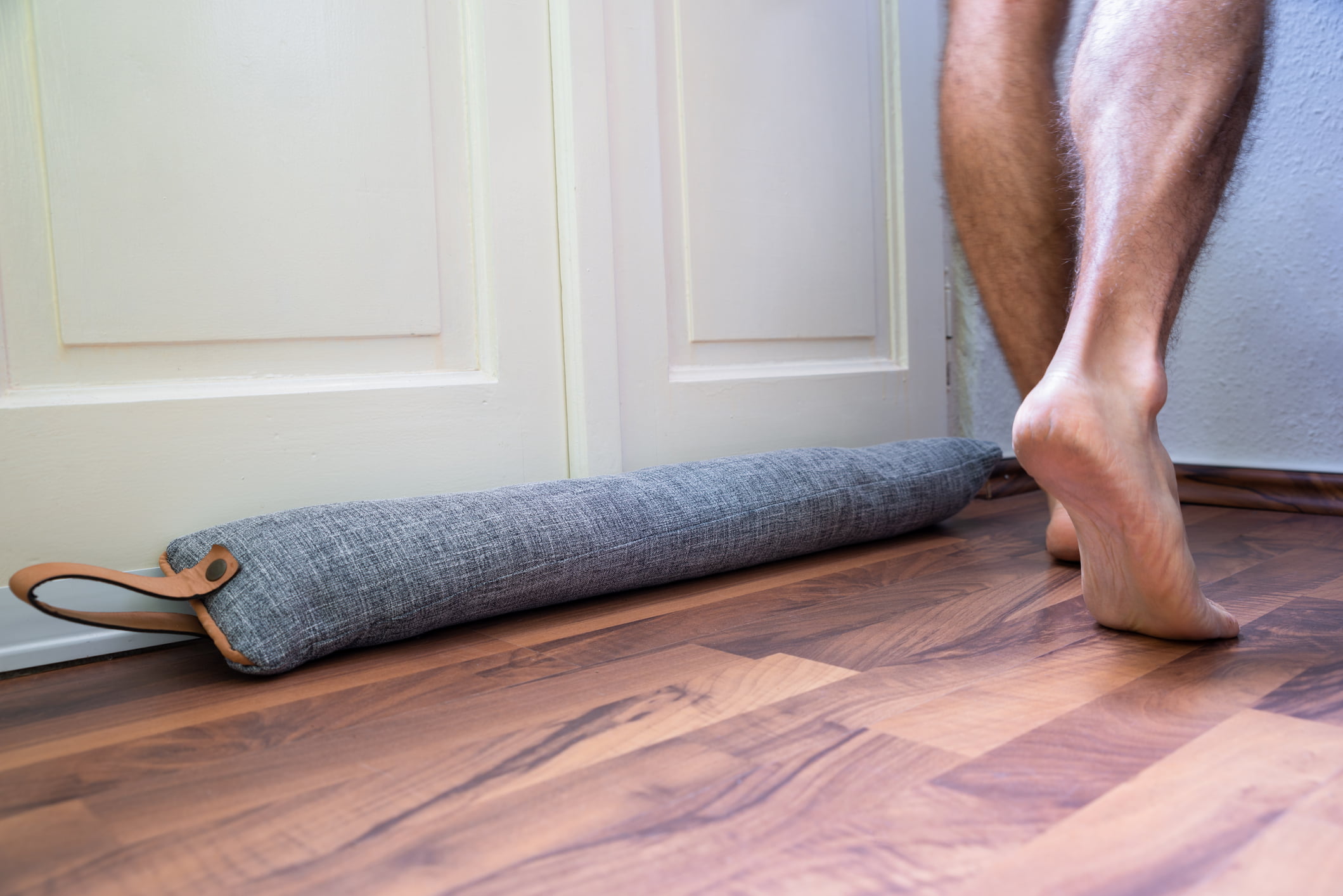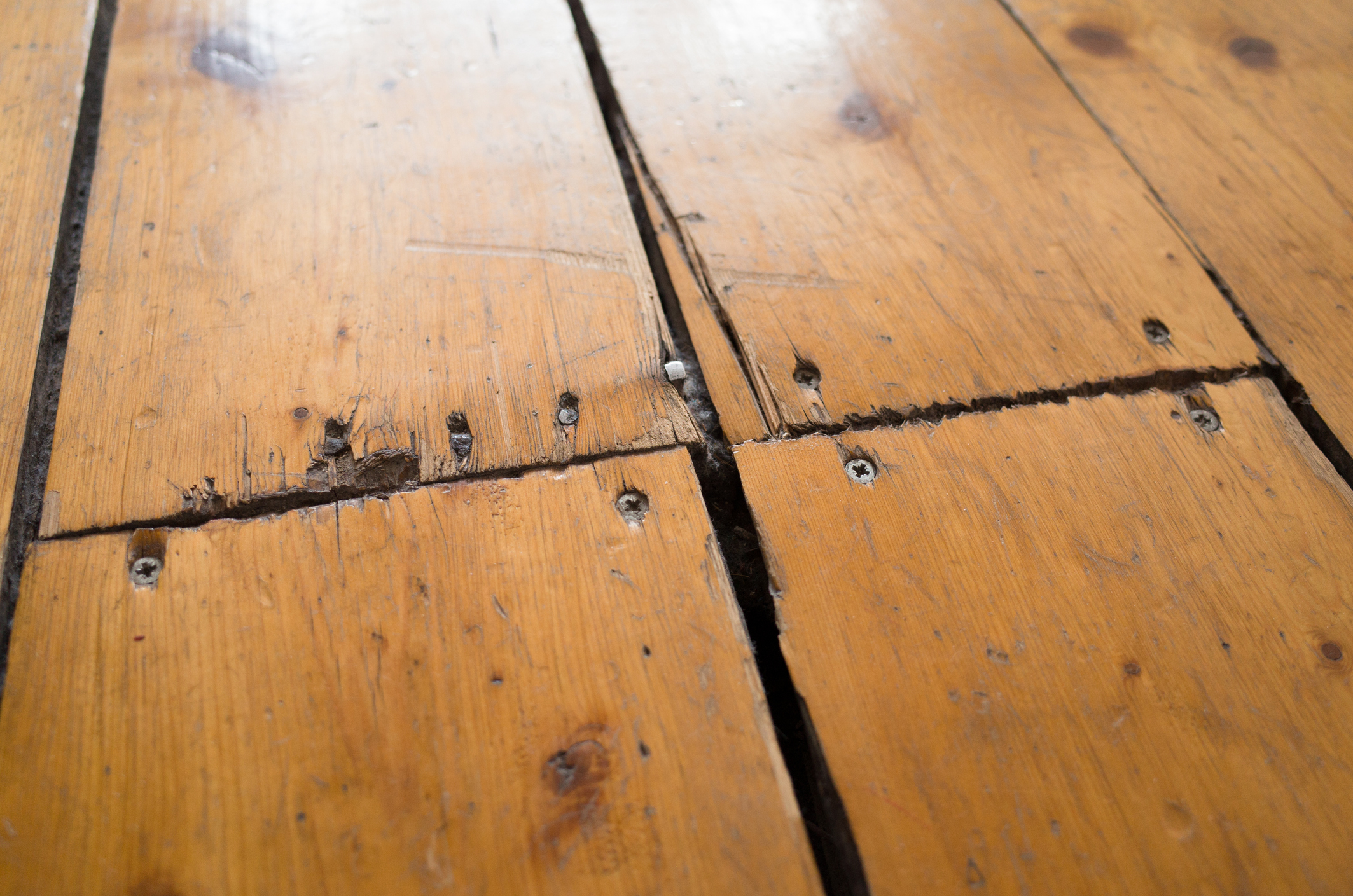For windows that open, buy draught-proofing strips to stick around the window frame and fill the gap between the window and the frame. There are two types of draught-proofing strips:
- Self-adhesive foam strips, which are cheap and easy to install, but may not last long.
- Metal or plastic strips with brushes or wipers attached, which are long-lasting, but cost a little more.
Make sure the strip is the right size to fill the gap in your window. If the strip is too big, it will get crushed, and you may not be able to close the window. If it’s too small, there will still be a gap.
For sliding sash windows, it’s best to fit brush strips or consider getting a professional to carry out the work for you.
If your windows don’t open, use a silicone sealant. If you’re thinking of replacing your windows, consider installing energy efficient windows.


